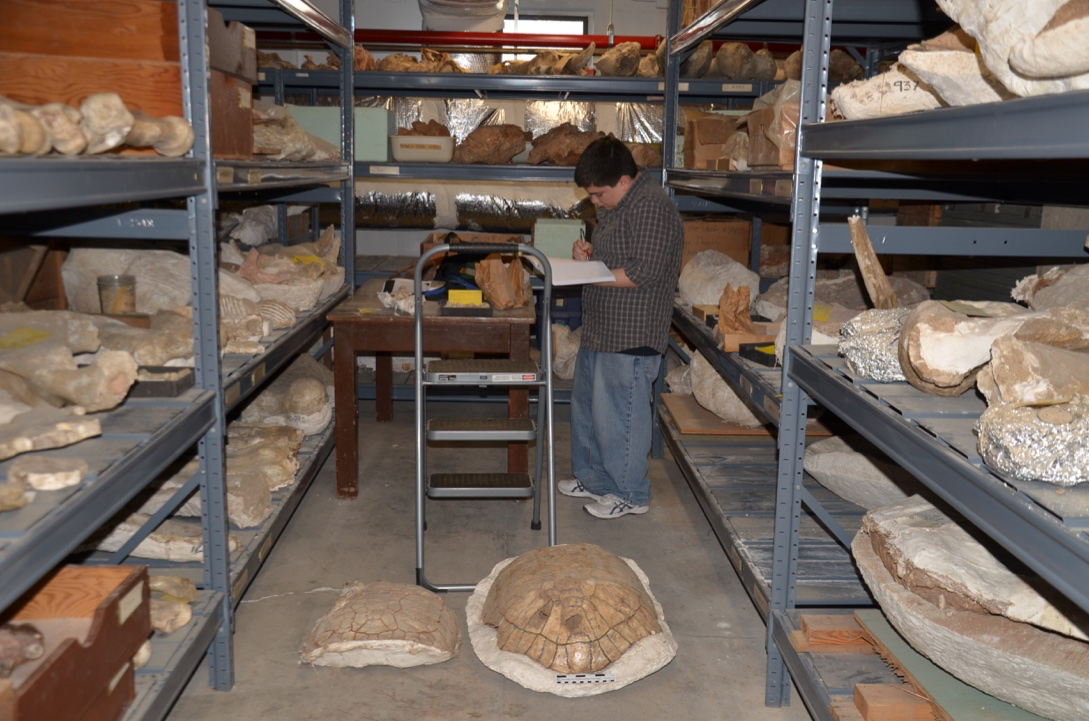COURSE INSTRUCTOR
Randolph De La Garza

Randolph De La Garza is a paleontologist whose fascination for science began from an early age. He has always had a keen interest in fossil animals and the world that they lived in, learning everything that he could through books, documentaries, school, etc. Natural history museums, however, have been ground zero for cultivating this passion, where he would take every chance to see the paleontology (especially those with giant marine reptiles) and nature diorama exhibits. From here, his interest in the other sciences only grew, incorporating various subjects such as zoology, evolution, and earth sciences.
Randolph received his bachelor's degree in Geology and Biology from Sam Houston State University (Texas, USA) and went on to earn his Ph.D. in Biogeosphere sciences from Lund University (Sweden). His Ph.D. dissertation focused on molecular paleontology, an emerging field that uses molecular biology and its latest technologies to investigate the anatomy and chemistry of fossil soft tissues. He particularly studied the fossilized skin of ancient marine reptiles such as sea turtles and ichthyosaurs. He is currently a researcher looking for postdoctoral opportunities. He’s also been involved in other paleontological and geological research assignments while as an undergraduate student at the University of Texas- Rio Grande Valley (Texas, USA), including, for example, a multi-year project that documented the geological context of ice age fossil sites in southern Texas.
As science education and communication is an integral part of science, Randolph has also taught and facilitated several geology and biology classes that have ranged from introductory laboratory at The University of Texas- Rio Grande Valley, to master’s level courses at Lund Univeristy. He enjoys every chance he gets to share his knowledge about earth’s history and its prehistoric inhabitants to his students. He also was a volunteer to several museums, helping managing geological collections (minerals, rocks, fossils, etc.) both behind the scenes and in the public, teaching the significance of these collections.